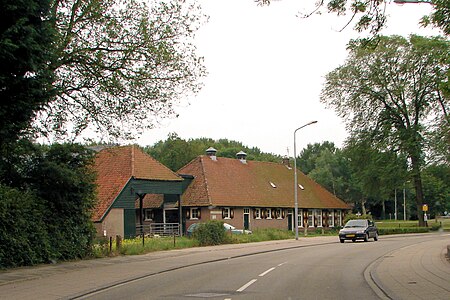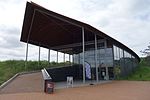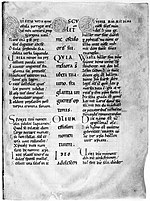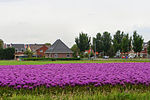Bakkum

Bakkum is a village in the Dutch province of North Holland. It is a part of the municipality of Castricum and lies about 12 km southwest of Alkmaar. It has three satellites: the village of Bakkum-Noord, the hamlet Noord Bakkum and Bakkum aan Zee which is nowadays called Castricum aan Zee.The village was first mentioned in the late-11th century as Bachem, and means "settlement on a height". Bakkum used to be a heerlijkheid. In 1749, it was sold to Nicolaas Geelvinck who was Lord of Castricum among others.In 1812, Bakkum became a part of the municipality of Castricum. Some tourism developed in the early 20th century, but Bakkum never developed into a seaside resort town. After World War II, it started to form a single urban area with Castricum.
Excerpt from the Wikipedia article Bakkum (License: CC BY-SA 3.0, Authors, Images).Bakkum
Melkvlakweg,
Geographical coordinates (GPS) Address Nearby Places Show on map
Geographical coordinates (GPS)
| Latitude | Longitude |
|---|---|
| N 52.566666666667 ° | E 4.65 ° |
Address
Melkvlakweg
Melkvlakweg
1901 MG (Castricum)
North Holland, Netherlands
Open on Google Maps








